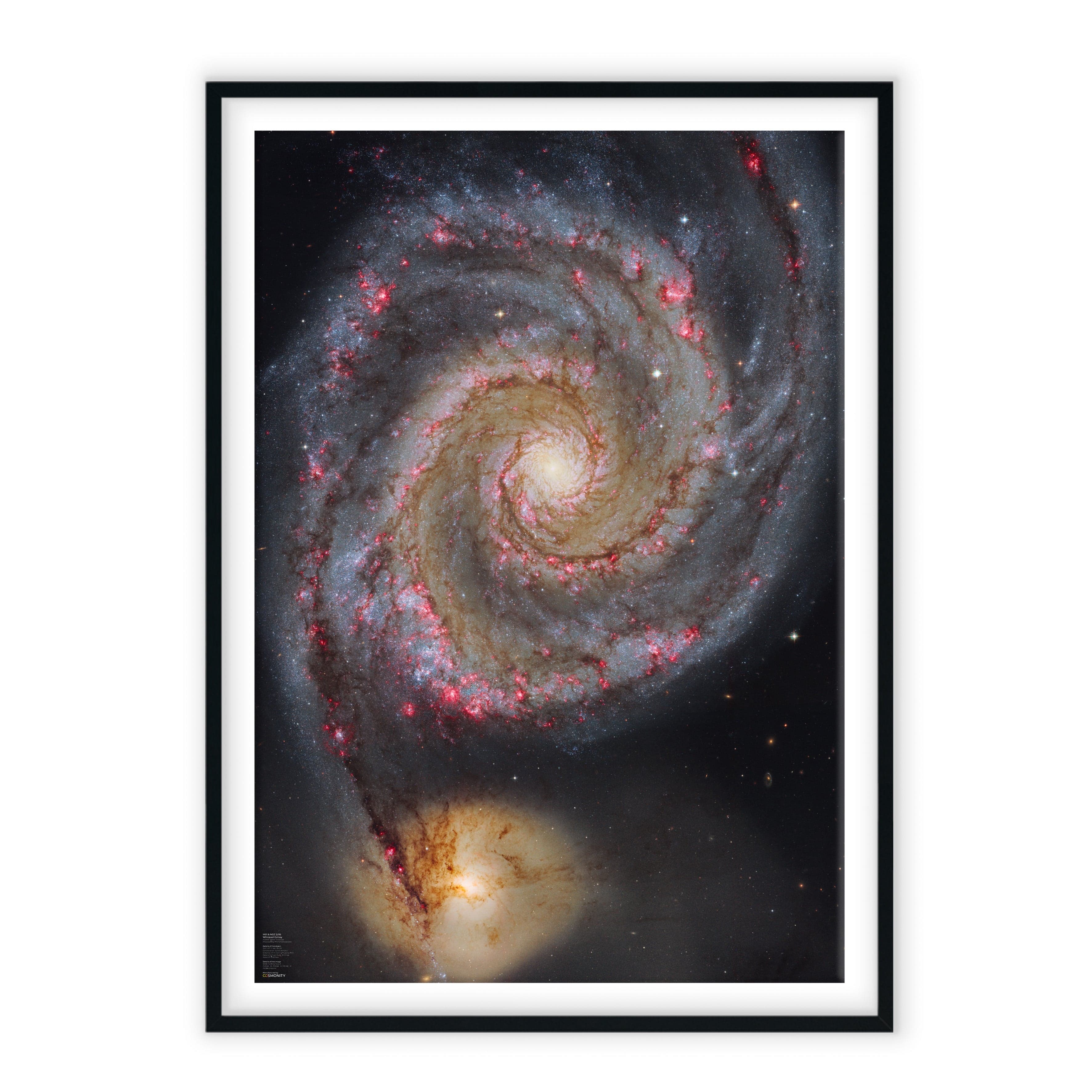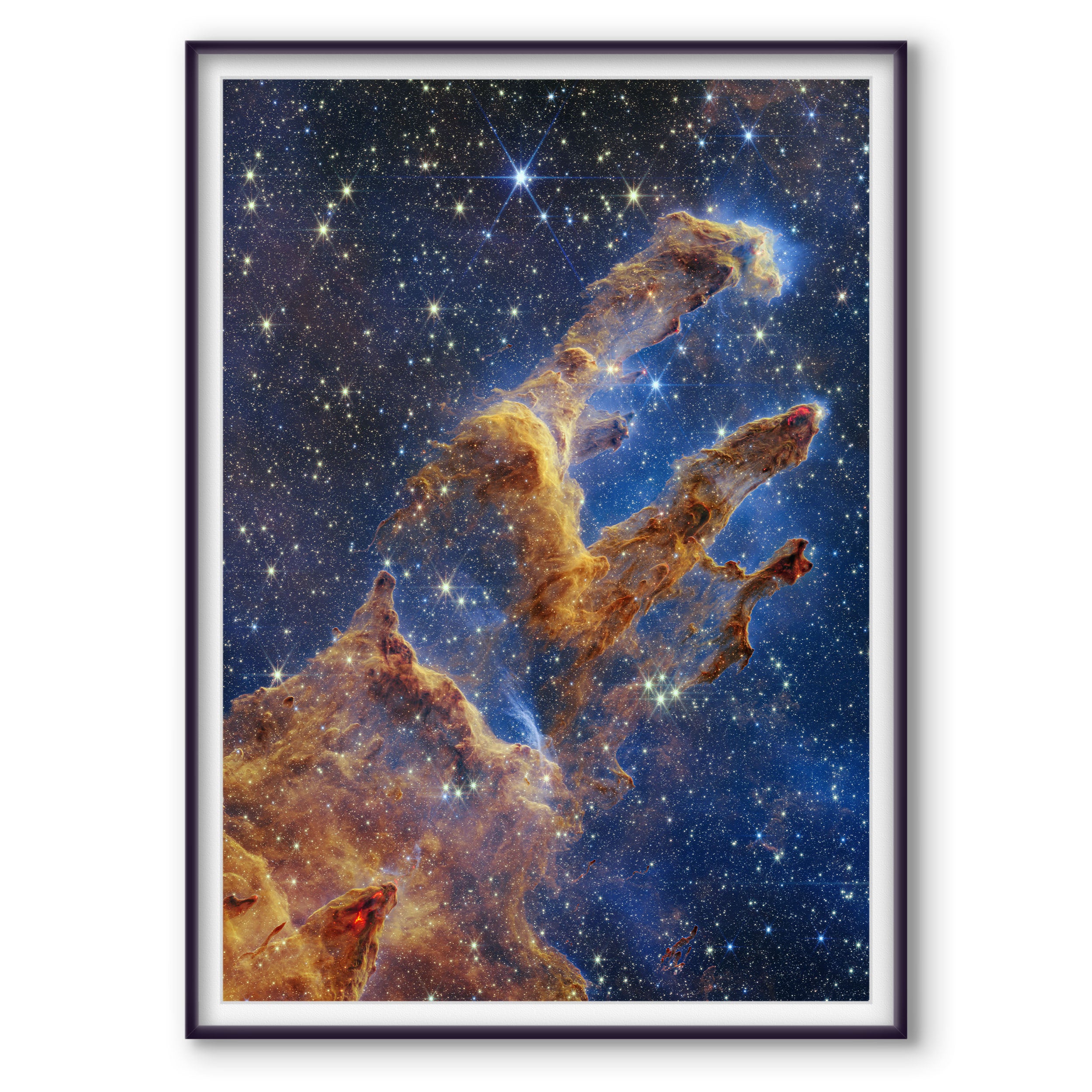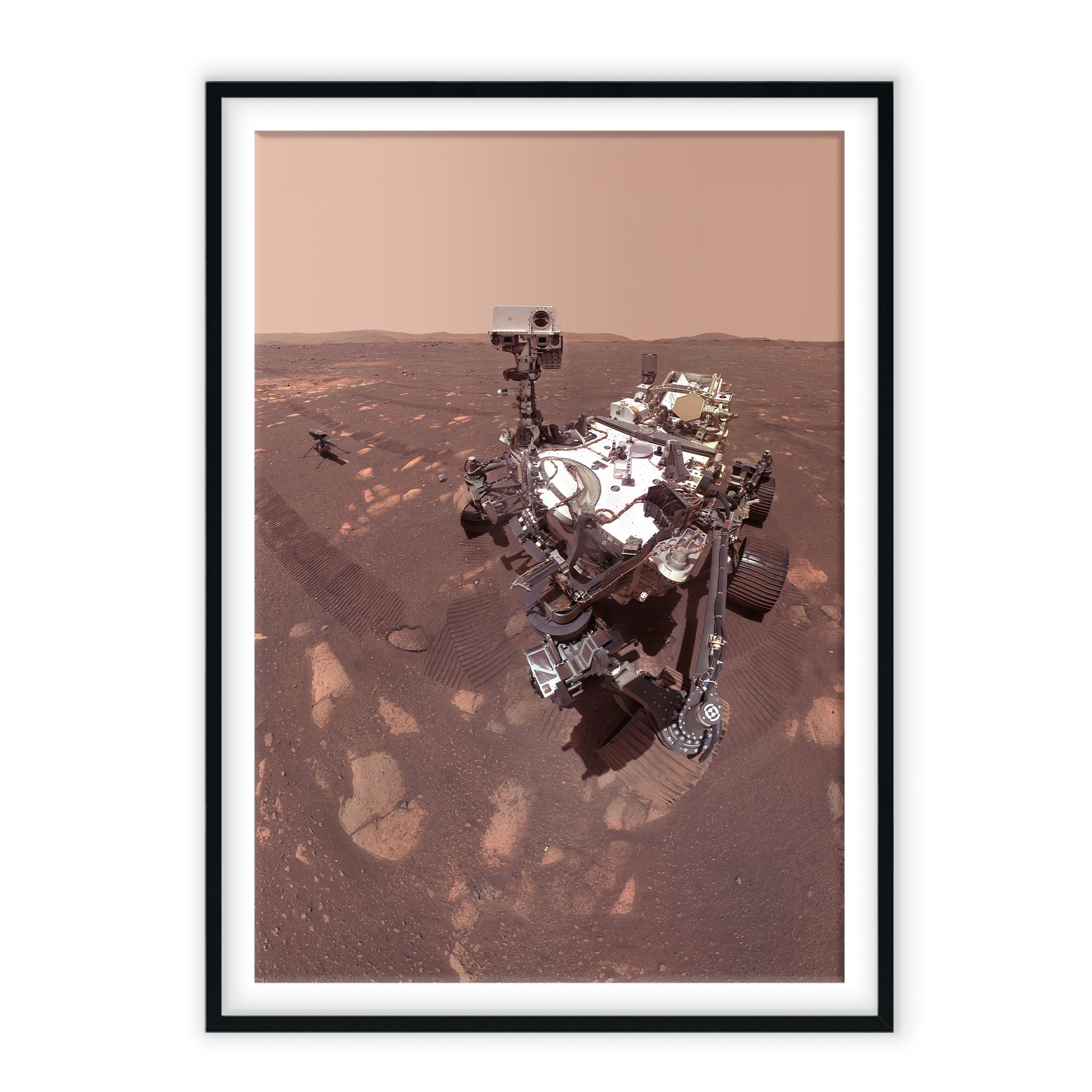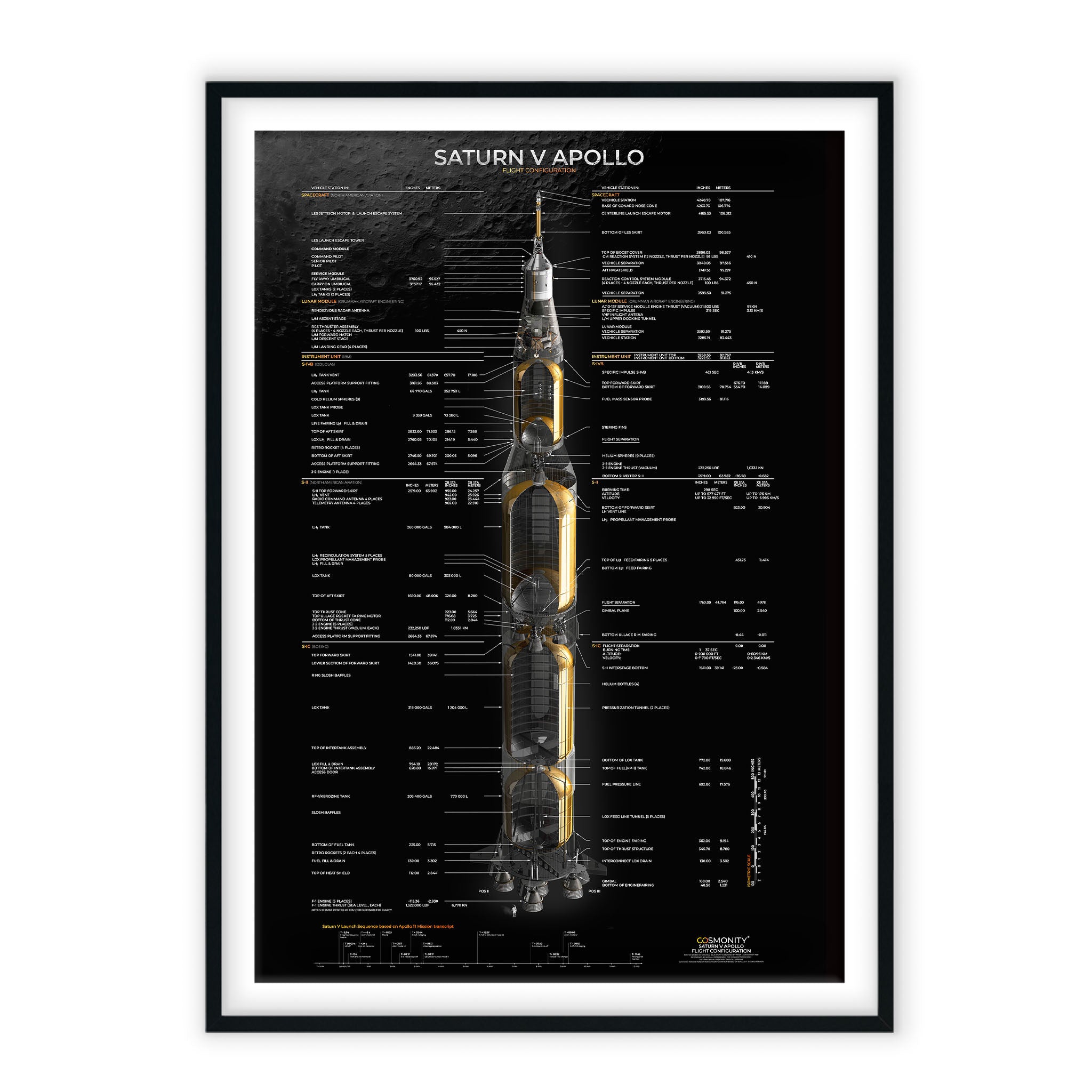Stephan's Quintet - Science Infographic
Regular price179,00 zł
Lowest price in the last 30 days:
179,00 zł
/
Tax included.
Shipping calculated at checkout.
- Poster is printed on smooth satin 240 gsm paper, characterized by saturated colours and delicate glares.
- Fine Art is printed on 100% matte, certified paper 290 gsm with noble structure. Image is surrounded by (1,5-4cm) white borders called passe-partout. Print is finished with and dry stamp in the corner of the image. It is perfect choice for demanding art connoisseurs.
- Canvas is printed on 360 gsm cotton-synthetic canvas. Sizes up to 100x100cm we deliver as ready print to hang on your wall as stretched canvas on the wooden frame. It is ideal solution for people who want to enjoy the wall art directly from the box, without additional framing. Shipping rates of canvas prints may be higher due to higher volumes of the parcels.
- Shipping time:
Each print is custom printed for specific order and it takes up to 3 business days, but in the most of the cases, we send prints even the same day.
Delivery within the European Union takes 2-5 business days, up to 7 business days for USA and Canada, and up to 14 business days for other destinations.
- Shipping safety and insurance
Posters abd Fine Art prints are shipped as rolled sheets (without framing) in cardboard tube. Canvasses are shipped in sturdy, flat cardboard.
FREE replacement, if your print gets damages during shipping. Just send images of broken prints to contact@cosmonity.com
All our prints are manufactured and shipped from Poland(European Union). We ship our products with a few popular package delivery services as DHL, GLS or TNT/Fedex depending on the destination - final options for your destination are displayed at checkout.
More details about shipping and returns you will find on our shipping policy and return policy pages.
- Top quality print always checked by human. 100+ years of color durability.
- Worldwide insured shipping and free replacement in case of damages in shipping.
- 30 days for return.
- Each print is masterfully handcrafted for each specific order.
- Every purchase support an artist.














